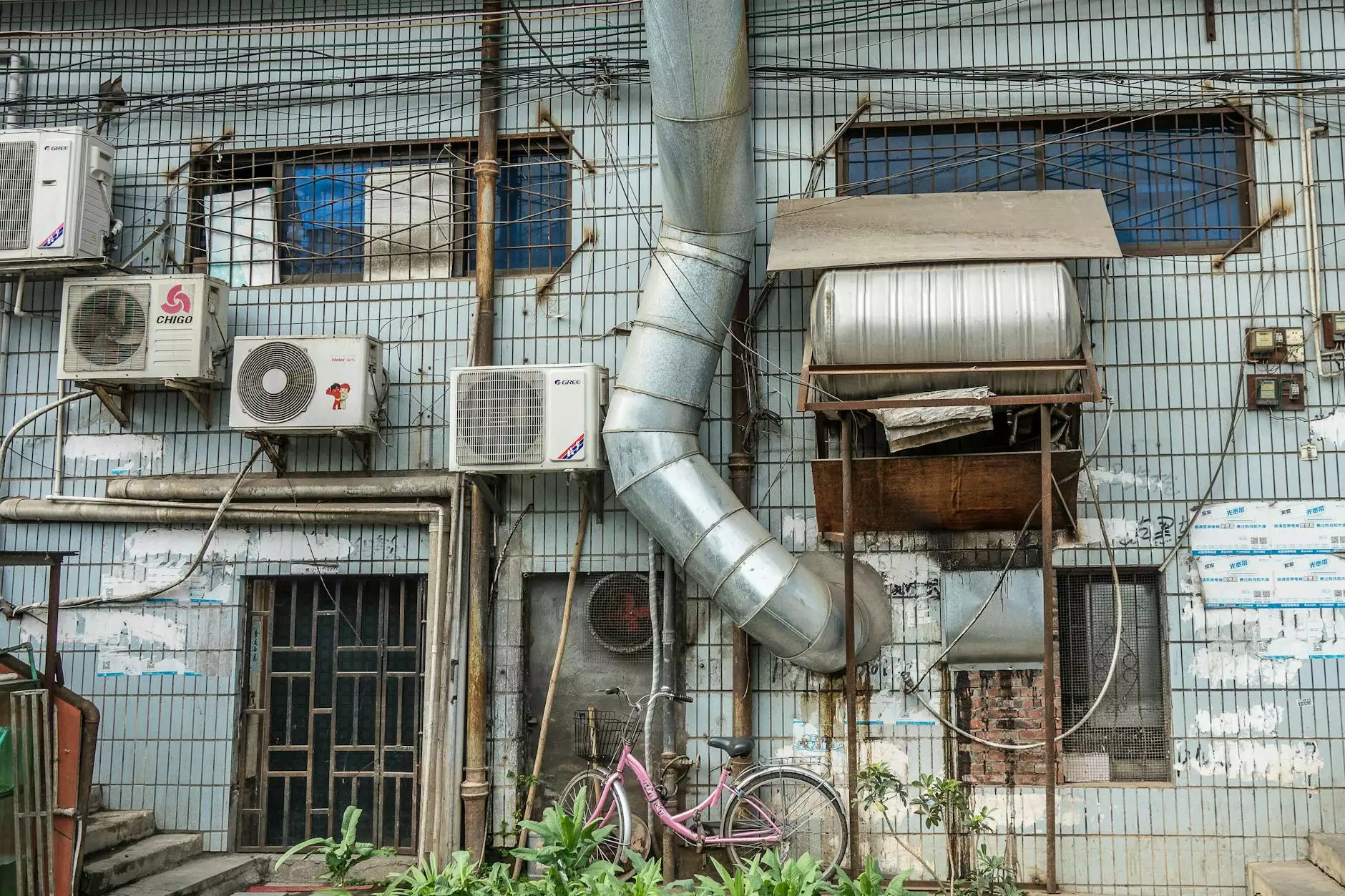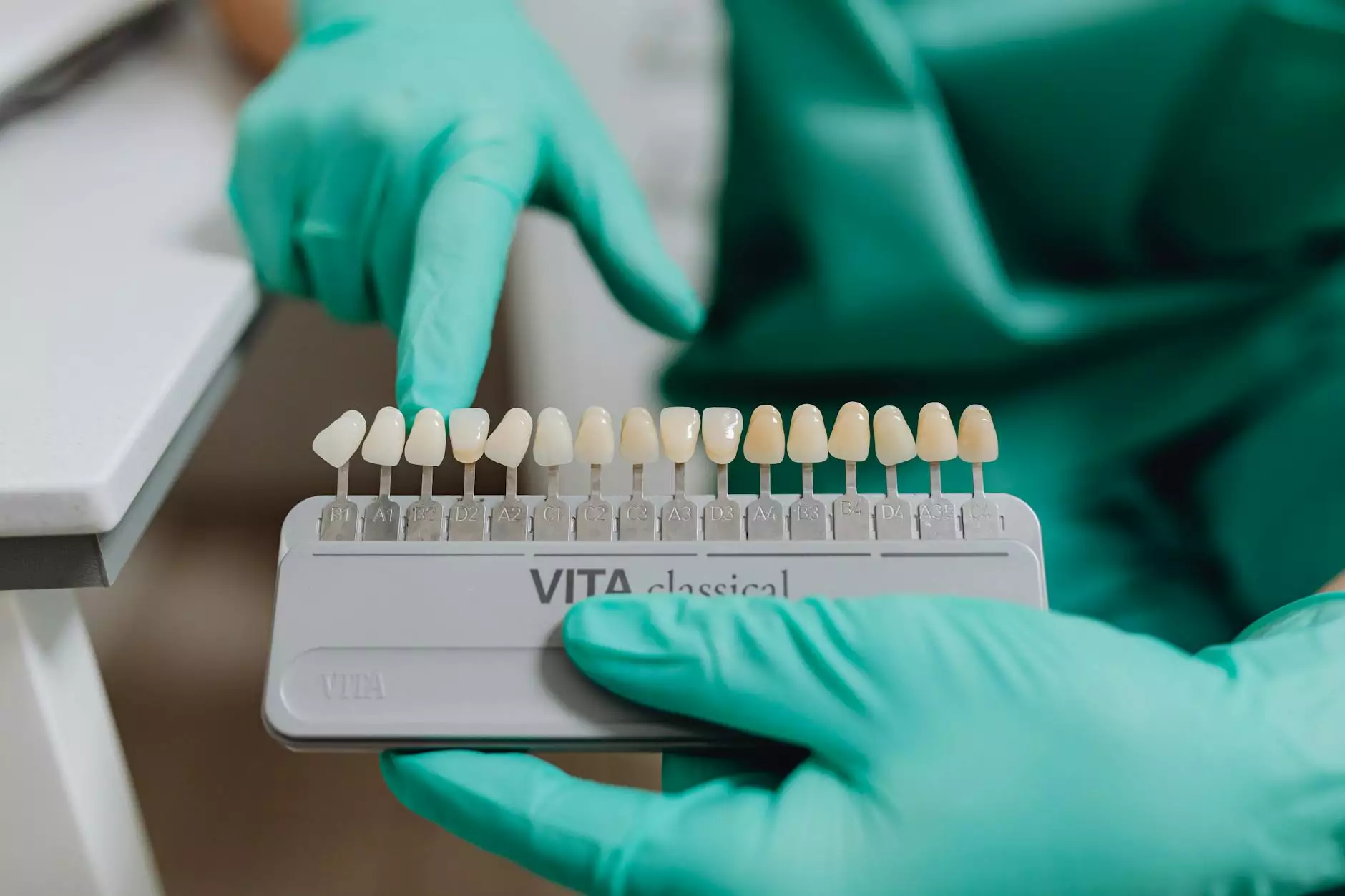Understanding Superficial Phlebitis Symptoms: A Comprehensive Guide

Superficial phlebitis is a condition characterized by inflammation of a vein located just beneath the surface of the skin. While superficial phlebitis can be uncomfortable, it is often less severe than deep vein thrombosis (DVT). Understanding the symptoms and implications of superficial phlebitis is crucial for early detection and effective management. In this article, we will explore the symptoms of superficial phlebitis, its causes, diagnosis, and treatment options, empowering you to take charge of your vascular health.
What is Superficial Phlebitis?
Superficial phlebitis occurs when a superficial vein becomes inflamed, typically due to injury or infection. This inflammation can cause localized symptoms and sometimes can be associated with blood clots. While it generally appears less serious than deep vein thrombosis, it requires timely evaluation and management.
Signs and Symptoms of Superficial Phlebitis
Recognizing the symptoms of superficial phlebitis is imperative for prompt treatment. Key symptoms include:
- Pain or tenderness: This is usually localized along the affected vein.
- Redness: The skin over the inflamed vein may appear red and inflamed.
- Swelling: Swelling may occur along the length of the vein.
- Warmth: The affected area may feel warm to the touch.
- Hardening of the vein: The vein may become hard and difficult to palpate.
Causes of Superficial Phlebitis
Understanding the underlying causes of superficial phlebitis is essential for prevention and management. Common causes include:
1. Injury to a Vein
Trauma to the vein, whether from a catheter, intravenous (IV) line, or injury can trigger inflammation and lead to phlebitis.
2. Blood Clots
Superficial phlebitis can develop when clots form in the superficial veins. This is known as superficial venous thrombosis.
3. Infection
Infection of the vein (septic phlebitis) can result from various pathogens, particularly following invasive procedures or injuries.
4. Varicose Veins
Varicose veins are at a higher risk for developing phlebitis due to their altered blood flow and structure.
5. Prolonged Immobility
Prolonged periods of immobility can lead to blood pooling in the veins, increasing the risk of thrombosis and subsequent phlebitis.
Diagnosis of Superficial Phlebitis
If you experience the aforementioned symptoms, it is vital to consult a healthcare provider for a proper diagnosis. Diagnosis typically involves:
- Physical Examination: A healthcare professional will examine the affected area for physical signs of phlebitis.
- Medical History: You will be asked about your symptoms, medical history, and any recent procedures.
- Ultrasound Imaging: In some cases, an ultrasound may be requested to confirm the presence of clots or assess blood flow.
Treatment Options for Superficial Phlebitis
The treatment for superficial phlebitis focuses on relieving symptoms and addressing the underlying cause. Options include:
1. Compression Stockings
Compression stockings can help improve blood flow and reduce swelling in the affected area. Your healthcare provider may recommend wearing them throughout the day.
2. Warm Compresses
Applying a warm compress to the inflamed vein can help alleviate pain and reduce discomfort.
3. Nonsteroidal Anti-Inflammatory Drugs (NSAIDs)
Over-the-counter NSAIDs such as ibuprofen or naproxen can relieve pain and inflammation associated with superficial phlebitis.
4. Anticoagulation Therapy
In cases where blood clots are present, your doctor may prescribe anticoagulants to prevent further clotting.
5. Treatment of Underlying Conditions
Addressing any underlying conditions that may contribute to superficial phlebitis, such as varicose veins, is crucial for long-term management.
Complications of Superficial Phlebitis
While superficial phlebitis is generally not life-threatening, it can lead to complications if not addressed properly:
- Deep Vein Thrombosis (DVT): There is a risk of clot propagation into deeper veins.
- Chronic Pain or Discomfort: Some individuals may experience prolonged symptoms even after treatment.
- Skin Changes: Long-term inflammation can lead to pigmentation changes in the skin.
Prevention of Superficial Phlebitis
Preventing superficial phlebitis involves adopting certain lifestyle habits and practices:
1. Regular Exercise
Engaging in regular physical activity helps improve blood circulation and can prevent blood clots from forming.
2. Staying Hydrated
Keeping well-hydrated can help maintain proper blood viscosity and circulation.
3. Avoiding Prolonged Immobility
If you're sitting or standing for prolonged periods, take breaks to move around and improve circulation.
4. Managing Varicose Veins
If you have varicose veins, discuss treatment options with your healthcare provider to reduce your risk of developing phlebitis.
When to Seek Medical Attention
It is essential to seek medical attention if you notice any of the following:
- Worsening pain or swelling in the affected area.
- Fever or chills, which may indicate an infection.
- Red streaks extending from the inflamed area.
- Signs of deep vein thrombosis, such as swelling, pain, or discoloration in your leg.
Conclusion: Understanding Your Health
In summary, recognizing the symptoms of superficial phlebitis and understanding its causes and treatment options is essential for managing your vascular health. If you have any concerns regarding your vascular health or experience symptoms of phlebitis, it is vital to consult with a healthcare professional at Truffles Vein Specialists. Early intervention can lead to more favorable outcomes and prevent potential complications.
By staying informed and attentive to your body, you can take proactive steps towards maintaining your vascular health and overall well-being.
superficial phlebitis symptoms







